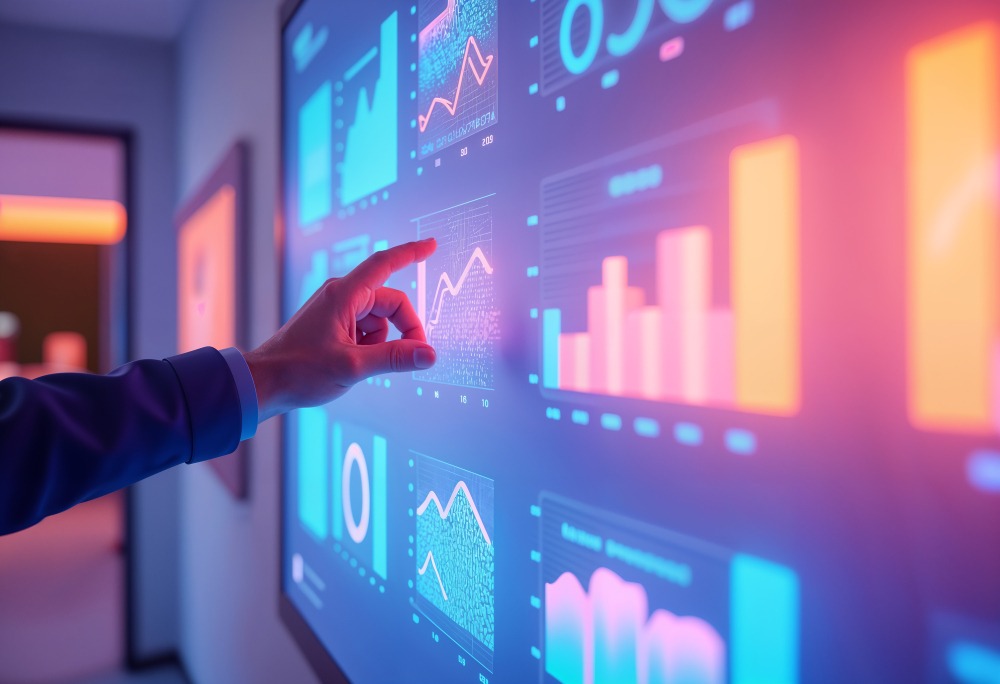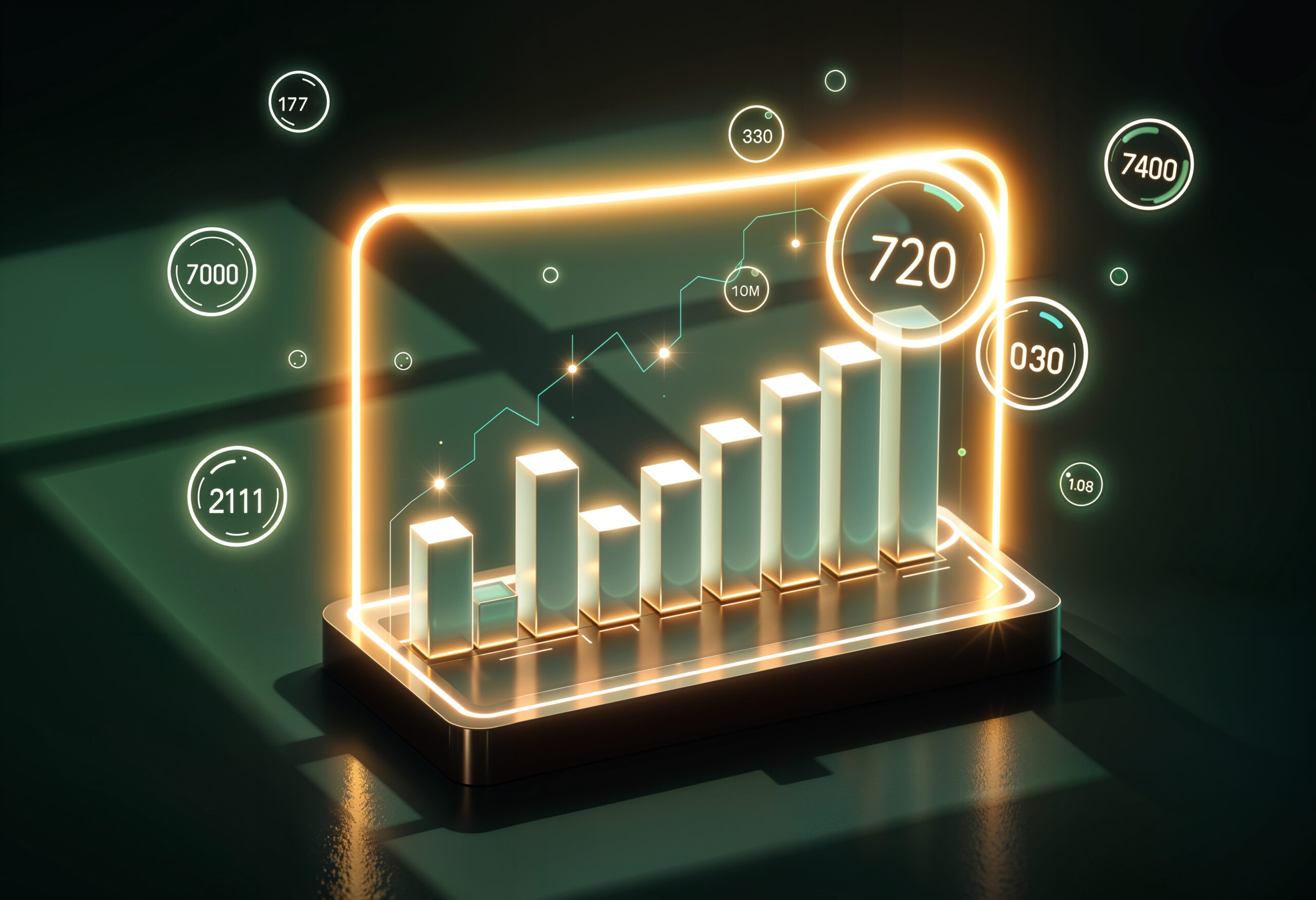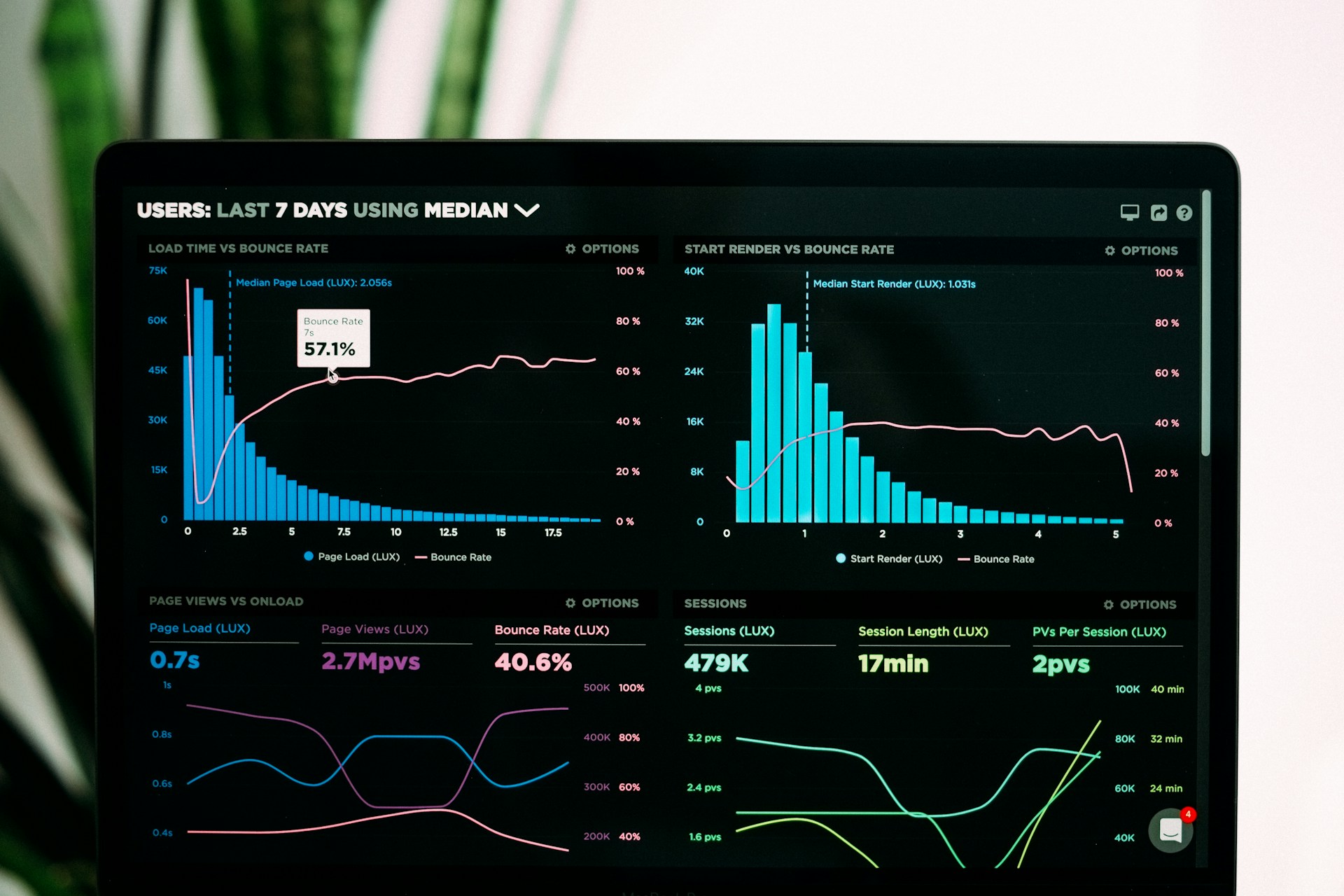Data Analytics in 2025: Trends Shaping Tomorrow’s Business
Data analytics has become an indispensable tool for businesses, governments, and institutions to drive decision-making and innovation. With the convergence of artificial intelligence (AI) and data analytics, the field has undergone transformative changes, enabling more sophisticated insights, predictions, and automated solutions.
1. AI-Powered Data Analytics
One of the most significant trends in data analytics is the integration of AI technologies. Machine learning (ML) and deep learning models are now widely used to analyze massive datasets, uncover patterns, and deliver predictive insights. These AI-driven tools significantly reduce the time and effort required to process data, allowing businesses to make faster, more informed decisions.
For instance, AI algorithms in the retail sector analyze customer behavior to optimize inventory, forecast demand, and personalize marketing strategies. In healthcare, AI-powered analytics helps predict disease outbreaks, improve patient care, and enhance drug development. The increasing accessibility of these technologies ensures their adoption across industries.
2. Augmented Analytics
Augmented analytics leverages AI and ML to automate data preparation, analysis, and visualization. This trend democratizes data analytics by enabling non-technical users to gain insights without the need for extensive technical knowledge. Tools like natural language processing (NLP) allow users to query data in simple, conversational language, making complex analytics more accessible to business stakeholders.
With augmented analytics, organizations can eliminate bottlenecks caused by reliance on data scientists, fostering a more data-driven culture. By streamlining workflows and reducing the manual effort involved in data analysis, businesses can focus more on strategic decision-making and innovation.
3. Real-Time Analytics
The demand for real-time insights has surged as organizations aim to stay competitive in fast-paced environments. Real-time analytics enables businesses to monitor and respond to events as they happen, providing a critical edge in industries such as finance, e-commerce, and manufacturing.
For example, financial institutions use real-time analytics to detect fraudulent transactions instantly, while e-commerce platforms leverage it to optimize user experiences through dynamic pricing and personalized recommendations. The integration of streaming data platforms like Apache Kafka and cloud-based analytics tools further facilitates the adoption of real-time capabilities.
4. Edge Analytics
Edge analytics is gaining traction as the Internet of Things (IoT) continues to expand. Unlike traditional analytics, which processes data in centralized data centers, edge analytics performs computations directly on devices or at the network’s edge. This approach reduces latency, enhances data security, and minimizes the bandwidth required for data transmission.
Industries like manufacturing, logistics, and healthcare benefit immensely from edge analytics. For instance, predictive maintenance systems in factories analyze sensor data in real time to identify potential equipment failures, thereby reducing downtime and costs. Similarly, wearable health devices provide instant feedback, enabling timely interventions for patients.
5. Data Privacy and Ethical AI
As data analytics grows more sophisticated, concerns about data privacy and ethical AI practices have come to the forefront. Stricter regulations, such as the General Data Protection Regulation (GDPR) and the California Consumer Privacy Act (CCPA), demand greater accountability from organizations handling sensitive data. Ensuring transparency in AI-driven analytics and minimizing biases in algorithms are essential to maintaining trust and compliance.
Organizations are now adopting privacy-preserving techniques like differential privacy and federated learning to safeguard data while still extracting valuable insights. Ethical AI frameworks are also being implemented to ensure that analytics tools uphold fairness, accountability, and transparency.
6. Cloud-Based Analytics
The shift to cloud computing has revolutionized data analytics by providing scalable, cost-effective, and flexible solutions. Cloud-based analytics platforms, such as Google BigQuery, Amazon Redshift, and Microsoft Azure Synapse, allow organizations to process and analyze large volumes of data without investing heavily in infrastructure.
These platforms also facilitate collaboration across teams by providing centralized data access and enabling seamless integration with other cloud-based tools. As a result, businesses can accelerate their analytics initiatives and respond quickly to changing market demands.
7. Data Storytelling and Visualization
As the volume and complexity of data continue to grow, the ability to communicate insights effectively becomes increasingly important. Data storytelling combines data visualization, narrative techniques, and contextual analysis to convey findings in a compelling and easily understandable way.
Modern tools like Tableau, Power BI, and D3.js enable analysts to create interactive and visually appealing dashboards. By presenting data in a narrative format, businesses can foster better understanding and engagement among stakeholders, leading to more impactful decision-making.
Conclusion
The convergence of AI and data analytics marks the beginning of a new era in how organizations extract value from their data. As these trends continue to evolve, businesses that embrace them will gain a significant competitive edge, unlocking opportunities for innovation and growth. However, with great power comes great responsibility organizations must prioritize ethical considerations, data security, and transparency to build trust and ensure long-term success in the digital era.




